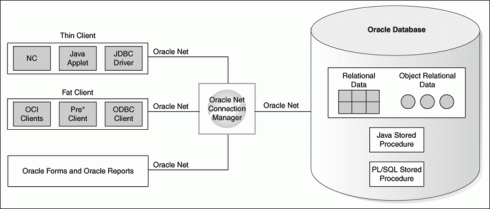Non so da dove Luciano, la persona che mi ha insegnato a praticare la meditazione Zen, ha preso questa versione in linguaggio moderno del Prajñaparamita Sutra
Però lo ringrazio per avermela fornita (e rifornita) perché il linguaggio poetico e arcaico di una cultura lontana usato nelle traduzioni più comuni suscita spesso diffidenza in molte persone e magari questa versione sarà letta anche da quelli che storcono il naso alla minima puzza di incenso (lo sono stato anche io).
E pubblico queste poche fondamentali righe senza sapere esattamente l’autore ( che forse è rimasto volontariamente anonimo ) :
Il Sutra del Cuore della Prajñāpāramitā
Mentre era immerso nella profondità della Saggezza andata oltre, il nobile Signore, Avalokiteśvara, contemplò tutta la vastità del cosmo e vide che ogni cosa che esiste è in verità composta, ed essendo composta è in se stessa vuota. Ossia, o Śāriputra, tutto ciò che ha una struttura è per ciò stesso vuoto e solo ciò che è vuoto può avere una struttura: tra vuoto e struttura non vi è differenza alcuna. Ciò vale anche per ogni forma di attività sensoriale e mentale, per la volontà e per la coscienza. Gli stessi costituenti fondamentali della realtà sono caratterizzati dalla vacuità: essi non sorgono né decadono, non sono né puri né privi di impurità, né deficitari né completi in se stessi.
Quindi, o Śāriputra, nella vacuità non vi è possibilità di distinzione alcuna e non vi sono né forme né percezioni sensoriali, né emozioni né volizioni e nemmeno può esservi alcuna coscienza. Non vi è occhio, né orecchio, né lingua, né corpo, né mente e quindi non vi sono forme, suoni, odori, gusti, percezioni del tatto od oggetti mentali; non vi è nessuna attività sensoriale e perciò non v’è alcun oggetto di attività mentale cosciente. Nella vacuità non c’è ignoranza e quindi non può esservi estinzione dell’ignoranza, non c’è vecchiezza né morte e quindi non può esservi estinzione di vecchiezza e morte. Non c’è causazione, né sofferenza, né liberazione, né via da percorrere, non vi è cognizione né possibilità di ottenimento o di non-ottenimento.
Eppure, o Śāriputra, è proprio poiché egli contempla la vacuità e l’impossibilità di ottenimento, ossia poiché fa ricorso alla Perfezione della saggezza andata oltre, che un Bodhisattva libera la mente dalle costrizioni del pensiero ed in tal modo recide l’origine dell’angoscia e si affranca dalla paura: ciò è l’ingresso nel nirvana. Tutti coloro che appaiono come dei Buddha nelle tre ere del tempo, si sono completamente risvegliati alla perfetta illuminazione solo facendo ricorso alla Perfezione della saggezza andata oltre.
Perciò sappiate che la Prajñāpāramitā è il più grande strumento della mente, la suprema conoscenza, il mezzo definitivo ed impareggiabile per porre fine ad ogni sofferenza, poiché la Prajñāpāramitā è di per se la fine della sofferenza. Eccone la chiave: gate gate pāragate pārasaṁgate bodhi svāhā
Questo completa il Sutra del cuore della prajñāpāramitā.



 My little zen garden
My little zen garden

